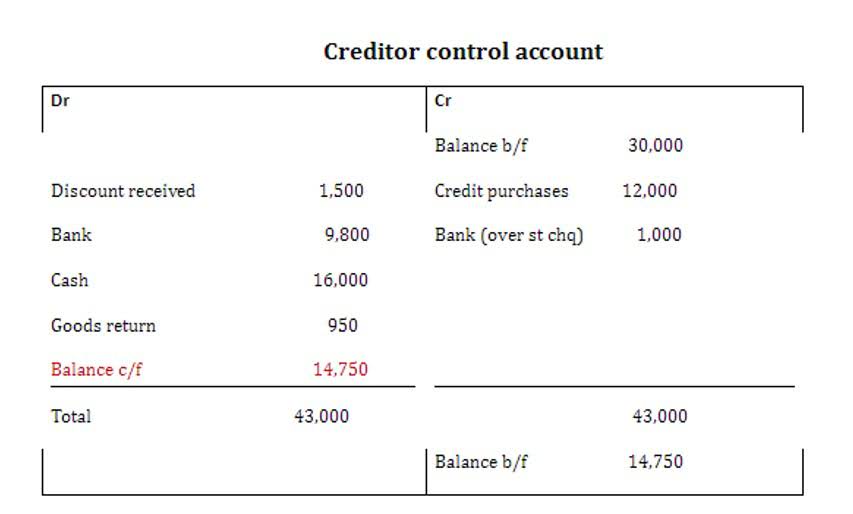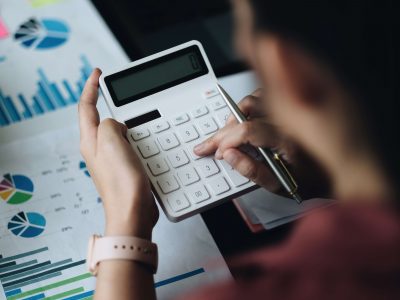
It also figures into initial pricing strategies, which often drive early marketplace success. Through our dedication, experience, and expertise L.A.P. Company, Inc. will establish a lasting relationship that will fulfill many of your businesses needs. The onset of the Great Recession led to changes in immigration patterns.

Limited Production Wineries: Fewer than 1,000 Case Production
The costs of grapes, bulk wine, glass, and other dry goods must be assigned to separate wines and tracked by SKU. Your tax preparer will likely also need to consider overhead when preparing the tax return for the winery, unless the winery meets certain qualifications and certain elections are made. Many tax preparers will prepare a separate inventory costing for tax purposes based on the tax laws which contain differences from U.S. These winery owners are usually highly involved in most aspects of the business.
Allocating costs correctly
- You can use these to make business decisions, but they should not be presented as audited, certified or official financial statements.
- We wrote an entire blog post about your expense accounts which you can geek out on here.
- Her passion for the wine industry is palpable, as she actively engages in industry events to stay abreast of its evolving landscape.
- It all hinges on the winery’s cost structure–depending on what costs are fixed as opposed to variable.
- By tracking your income and expenses and knowing your profit (or loss), you’ll have a better handle on the financial health of your business.
- This allows you to stay within your business goals and continue to grow.
While the basics of accounting haven’t changed in over 500 years, the practice of bookkeeping has. Bookkeeping was once done manually using actual books called journals and ledgers. Because bookkeeping is based on double-entry accounting, each transaction affects two accounts — one gets debited and the other is credited. Bookkeeping focuses on recording and organizing financial data, including tasks such as invoicing, billing, payroll and reconciling transactions. Accounting is the interpretation and presentation of that financial data, including aspects such as tax returns, auditing and analyzing performance.
How can I make the chart of accounts work for me?

Whether you need assistance setting up your books or preparing for tax season, we can help you navigate the complexities of the wine business. Contact Protea Financial today to learn more about our services and how we can help you run your business more efficiently. In the United States, a farm is nearly always allowed to use the cash basis of accounting, no matter how big it is, and a vineyard is classified as a farm – so, vineyards usually winery bookkeeping use the cash basis of accounting. Doing so allows them to somewhat defer the recognition of income, so they can delay paying income taxes. A winery is not classified as a farm, since it’s more of a production operation, so wineries usually use the accrual basis of accounting. This difference means that a vineyard and a winery are set up as two separate entities, with the vineyard using the cash basis and the winery using the accrual basis.
- And even different types of businesses within the same industry will have different accounts.
- Innocuous bookkeeping mistakes can quickly ferment into a financial disaster.
- Researching these costs will also assist in making more accurate budgeting and revenue projections.
- Your accountant can play a key role in helping you establish an appropriate accounting framework ad heping you understand how to read your financial statements.
- A well-structured chart of accounts will keep your financial reporting clear and accurate.
- In this final article of the series, we provide COGS insights specific to wineries of different sizes.
We will work with you to create accurate financial statements and provide guidance on making sound business decisions. As mentioned above, a significant number of wineries cost their wine using the SPID method for management purposes, then convert to LIFO for financial reporting and tax purposes. Changes to tax code in 2017 now allow expensing for many winemaking costs and therefore creating greater disparity between U.S. GAAP and tax-basis financial recordkeeping, so it’s useful to discuss this with your CPA.

Many, or all, of the products featured on this page are from our advertising partners who compensate us when you take certain actions on our website or click to take an action on their website. Learn how to set up your QuickBooks, cost your wine and optimize your sales channels so that you can begin to enjoy your beautiful vintages worry-free. The truth is that you have quite a lot of leeway when it comes to how you group your expenses on the COA, however, there are 6-7 main categories that we generally recommend for small wineries. Liability accounts start with the most current (the ones you have to pay soonest) and move to the more long-term liabilities. We also like to list out rent accounts separately, one for each property or building we are renting.
- Knowing the COGS is essential if you want to know the gross profits you earn on different wines.
- Usually, U.S. GAAP is the standard used for financial statements in business.
- In this role, he delivered assurance and a spectrum of professional services to a variety of privately held companies, honing his expertise in the field.
- Inventory valuation is used to determine the value of your stock at any given time, which is important for making informed decisions about buying and selling inventory.
- Using the cash basis method for tax allows wineries to strategically time their income and expenses to optimize their tax liabilities.
- The problem is that it can easily be a half-decade – usually longer – before it begins to produce grapes in commercial quantities.
- The United States is the top destination in the world for people moving from one country to another.
- A bookkeeper can suggest ways to make your winery business run smoothly and adjust to rapid growth.
- Best practices noted in the smaller winery category are completed on a more regular basis, and management reviews the financial metrics of the winery monthly.
- Reach out to Protea Financial if you need help with your wine accounting or bookkeeping, or even if you aren’t sure what the next step for your business should be.
- After that, you can drill down into subaccounts to see what is really driving the results you are seeing at a high level.
- Today, we’ll go over the differences between bookkeeping and accounting so that you can figure out how to allocate resources effectively.
For this reason, most wineries track and report their wine inventory costs in separate inventory pools such as bulk wine, packaging materials, and finished cased wine. To evaluate your winery’s performance, it’s essential to have insight into its profit margins. Your winery’s profitability is driven by two things–what you can charge for your wine and what it costs to make and sell it. Improper accounting of product by staff, such as improper transfers from the winery and not charging or ringing in tastings, can contribute to inaccurate inventory records. To properly account for total COGS in the tasting room, wine must be transferred from the winery to the tasting room so that the tasting room tracks beginning inventory, consumed inventory, and ending inventory.
发表回复